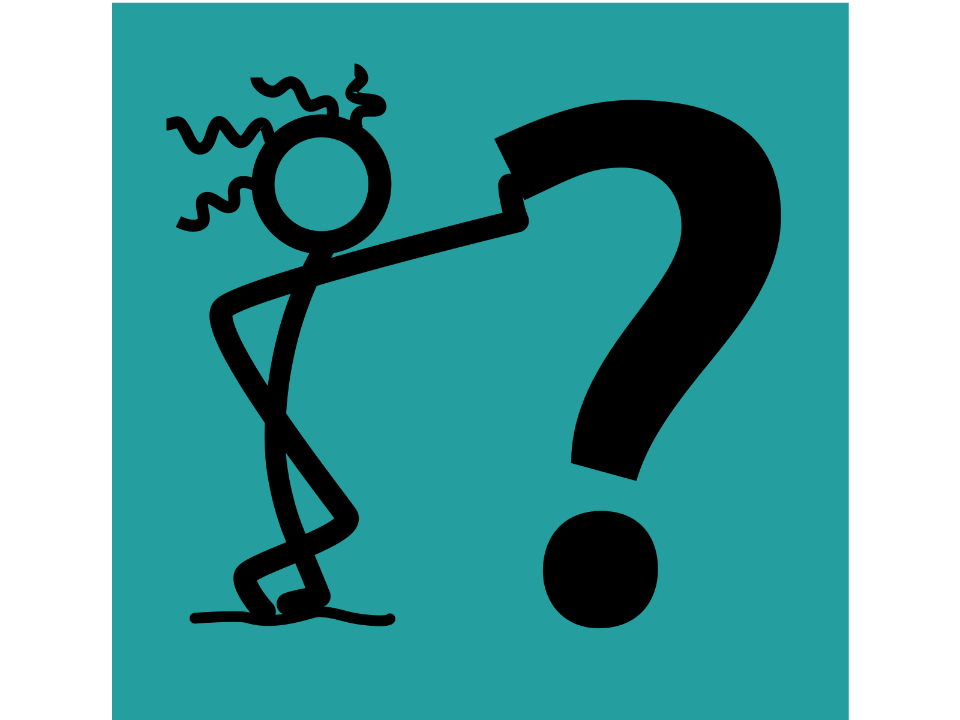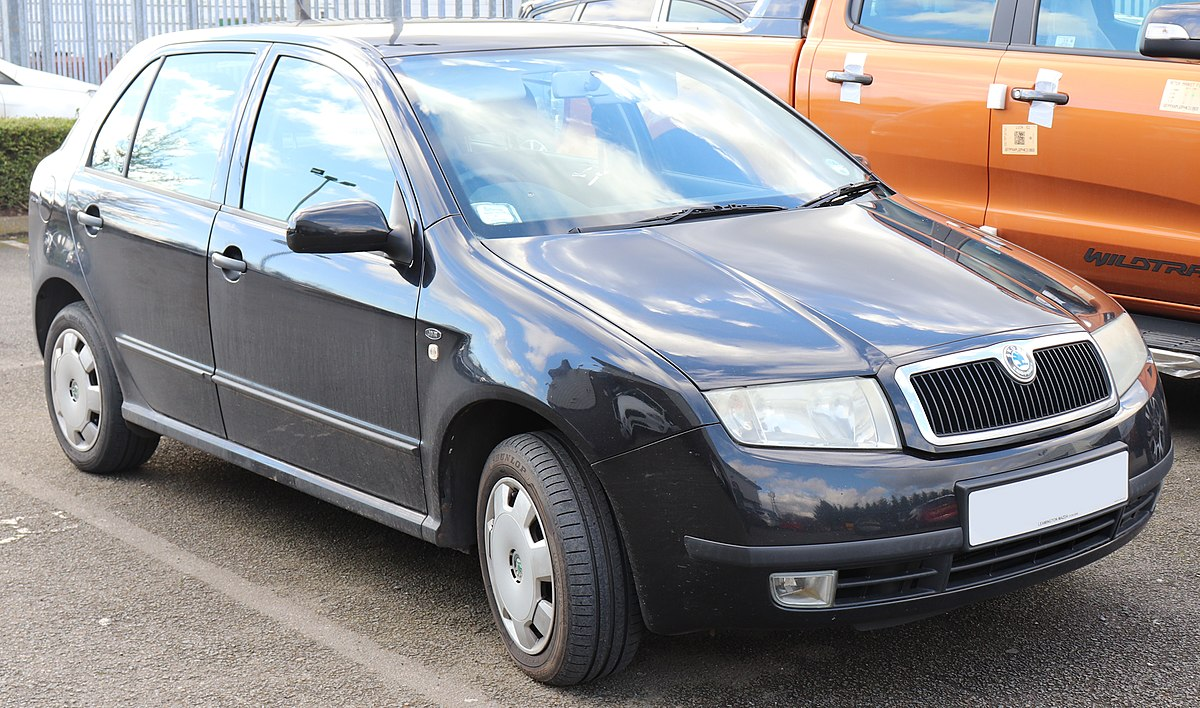1.6 – Interrogative pronoun čí ‘whose’
Another important word for you to learn is čí ‘whose’.
|
Čí je to pes? Whose dog is this? |
Čí je to kniha? Whose book is this? |
Čí je to auto? Whose car is that? |
The part je to is just the phrase to je flipped around. We’ve seen this in questions before, e.g. je to kočka? ‘Is that a cat?’ It’s best just to memorize the phrase Čí je to________? with the thing in question inserted into the blanks.
my vs. mine, your vs. yours, etc.
You probably noticed that the definition for můj above is ‘my, mine’. While they are different words in English, Czech můj means both ‘my’ and ‘mine’. In other words, Czech doesn’t make a distinction between my and mine.
In English we typically put the form my right before the noun that is possessed, e.g. my phone, while we use the form mine after the verb ‘to be’, e.g. whose phone is this? It’s mine.
So in Czech that same sentence will be
Čí je to telefon?
‘Whose phone is this?’
A possible answer is
Je můj
‘it’s mine’.
The only thing you have to remember is the gender of the noun (here telefon is masculine, so we use můj)
Images used in this document come from these sources.



